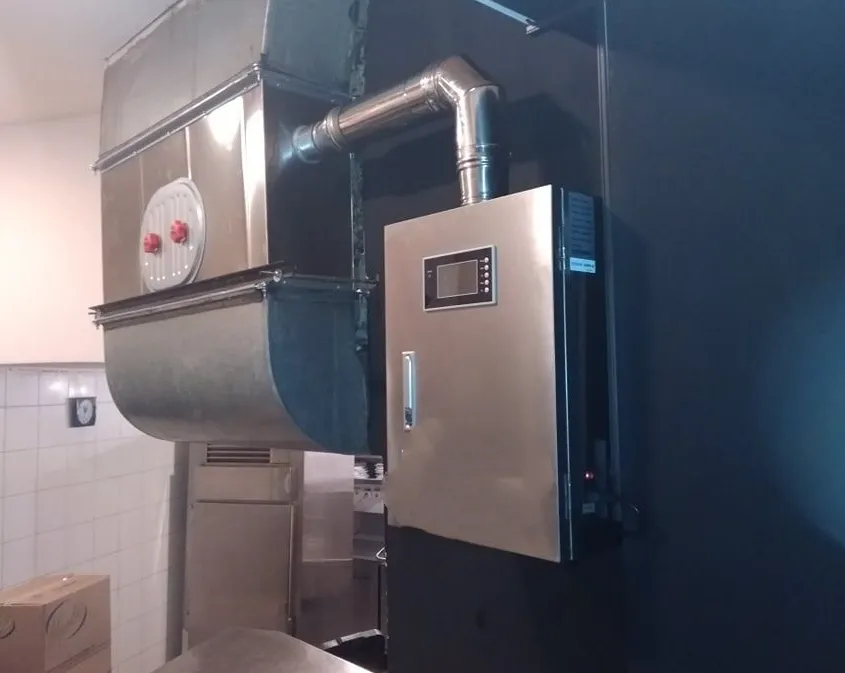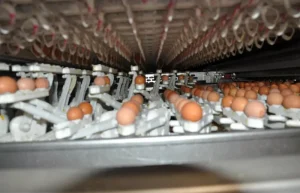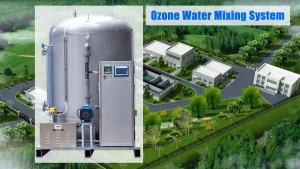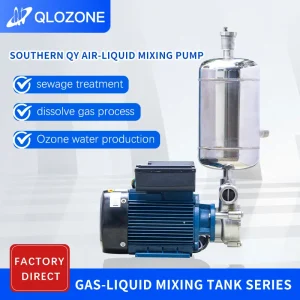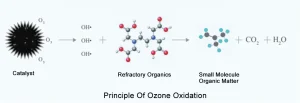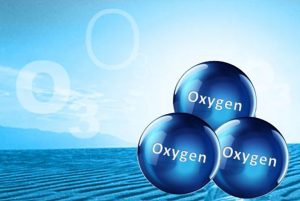Ozone deodorisation technology is a highly effective air purification and odour elimination method based on the high oxidation potential of ozone (O₃). Ozone, as a triatomic oxygen molecule, has significant oxidative properties and is able to react with a wide range of organic and inorganic compounds to achieve the oxidative decomposition of odour molecules. The following is a professional explanation of the scientific principles of ozone deodorisation technology and its areas of application:
Scientific Principle
Oxidation reactions:
Ozone is able to react with airborne odour molecules such as sulphides (H₂S), amines (NH₃), alcohols (ROH), phenols (C₆H₅OH), etc. in an oxidative reaction, converting them into harmless water (H₂O), carbon dioxide (CO₂) and other stable oxidation products, thus eliminating the source of the odour.
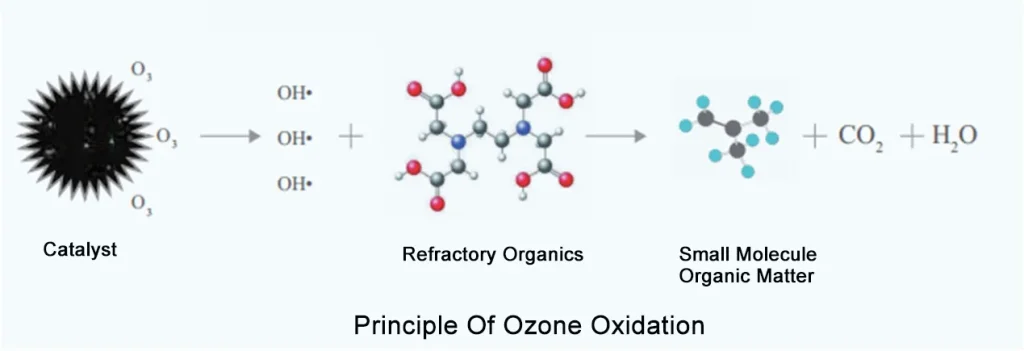
Microbial inactivation:
The strong oxidising effect of ozone also destroys the cellular structure of bacteria, viruses, moulds and other microorganisms, including cell membranes and cell walls, leading to the inactivation of microorganisms and the reduction of odours caused by microbial metabolites.
Self-degradation to oxygen:
Ozone is unstable at room temperature and pressure, and will decompose into oxygen (O₂) by itself. This property makes ozone treatment environmentally friendly and harmless as it does not produce harmful residues.
Areas of application
Industrial waste gas purification:
In the chemical, pharmaceutical and paper industries, ozone technology is used to treat odours and harmful components in the discharged gases to improve air quality and comply with environmental standards.

Sewage treatment:
Ozone can be used for disinfection and deodorisation in sewage treatment, effectively removing odours and organic pollutants from sewage and improving water quality.

Air Purification:
Ozone air purifiers are widely used in indoor environments such as homes, offices, hospitals, etc., effectively removing smoke odour, renovation odour, pet odour and so on.

Food processing and preservation:
In food processing and storage, ozone technology is used to disinfect, deodorise, extend the shelf life of food and ensure food safety.

Caveat
Despite the effectiveness of ozone deodorisation, attention needs to be paid to its potential impact on health and materials. High concentrations of ozone are irritating to the human respiratory tract, so when implementing ozone treatment, ozone concentrations should be strictly controlled and adequate ventilation should be ensured to avoid health risks. In addition, given that ozone is corrosive to specific materials, ozone-resistant materials should be used in the system design to ensure the long-term stable operation of the equipment.
In summary, ozone deodorisation technology, with its efficient oxidative capacity and environmental characteristics, has shown potential for wide application in many fields, but scientific guidance needs to be followed in its practical application to ensure the safe and effective implementation of the technology.


